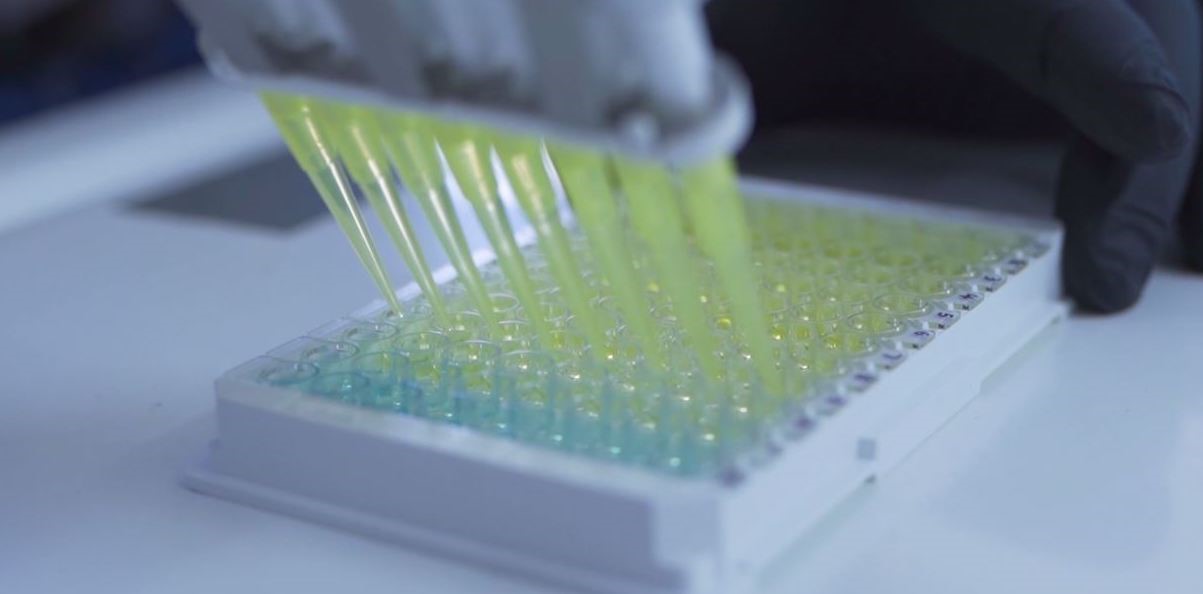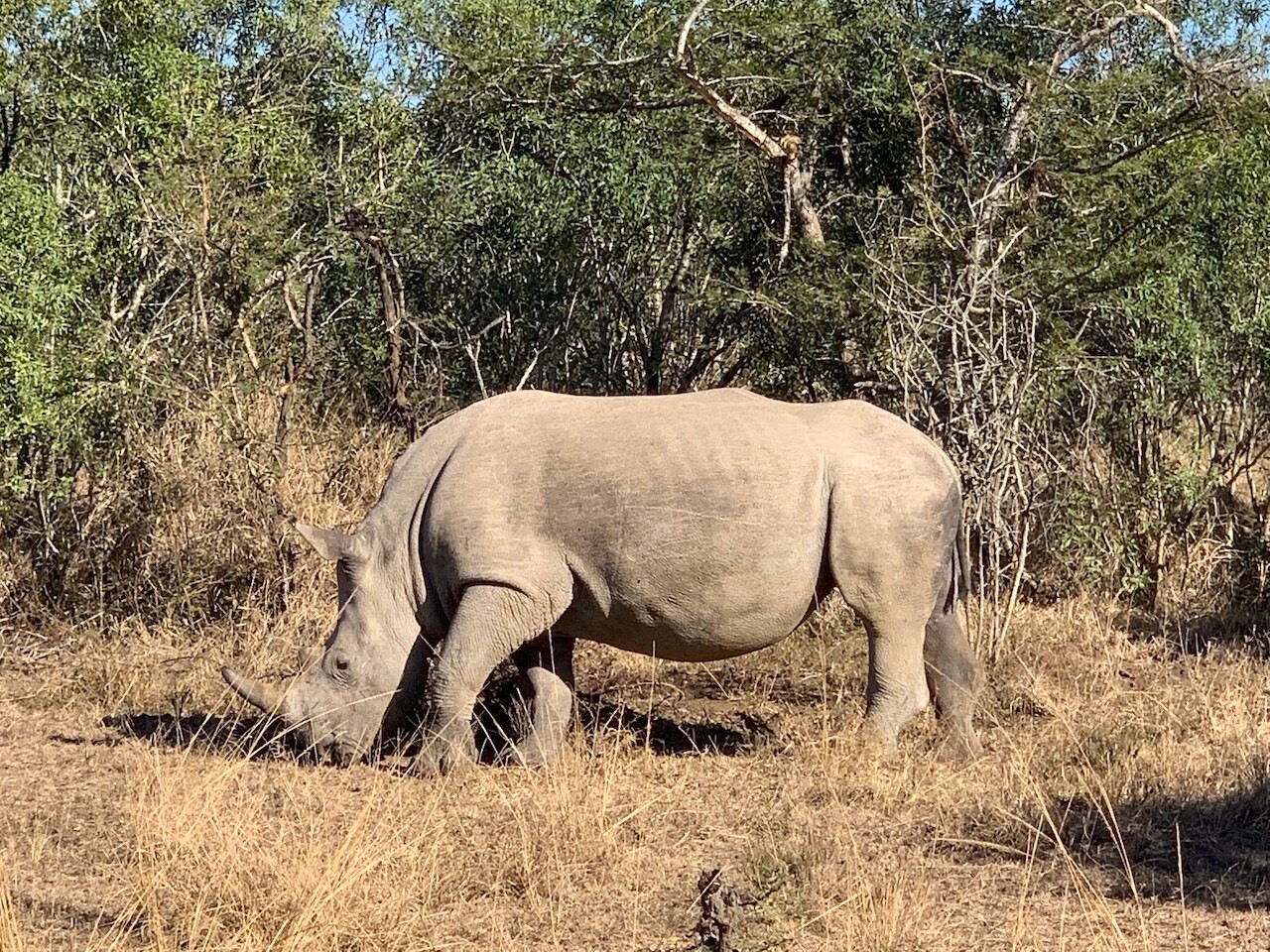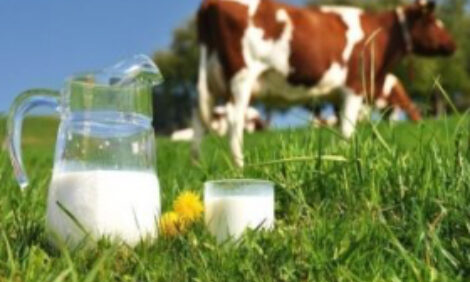



How Bovine Tuberculosis Diagnostics Contribute to Wildlife Conservation
South Africa's Hluhluwe-Imfolozi park is home to over 96 species of mammals, and bovine tuberculosis endangers the conservation of its species.The Hluhluwe-Imfolozi park in KwaZulu-Natal, South Africa, is home to over 96 species of mammals, including giraffes, rhinoceros, elephants, lions and African buffalo. Bovine tuberculosis (bTB), a major infectious disease that affects the lungs and lymph nodes of ruminants, is endemic in the park and endangers the conservation of its species.
Bovine tuberculosis can spread from animals to humans via aerosols or through the consumption of unpasteurized dairy products from an infected animal. Wild animals are also affected. In the Hluhluwe-Imfolozi park, African buffalo are tested annually for bTB.
In the early 90s, bTB was discovered in a few buffalo. This finding triggered additional herd testing, and buffalo were quickly identified as the primary maintenance host of the disease in the park.
“After we’d completed an initial survey of our buffalo herds, we realized prevalence levels in some herds were very high — exceeding 60%,” said Dave Cooper, wildlife veterinarian with Ezemvelo KwaZulu-Natal, South Africa. “We felt that 60% was totally unacceptable, so we started trying to reduce the prevalence so that we could get to more acceptable levels, which we deem to be less than 20% and preferably around about 10%.”

Click to watch the full video: Robust bovine tuberculosis testing on African Buffalos in South African wildlife park
What impact have tuberculosis diagnostics had on wildlife?

The Hluhluwe-Imfolozi park has a very proud history of rhino conservation. Once the disease was identified, there were concerns about it spreading from buffalo into the rhino populations as well as to other endangered species.
“In the early years, we were really seeing a negative impact on our lion population, so we had several reasons for targeting buffalo to try to control the disease,” said Dr. Cooper. “We also have a responsibility to our neighbors. Where our cattle would have introduced the disease initially, we didn’t want the reverse to occur, and we’re finding that buffalo are now infecting cattle that are grazing along our boundaries.”
How to test buffalo herds using a BOVIGAM test
The screening testing for tuberculosis in the buffalo herd is done each year during the winter months. Since there are so many buffalo, they may not all be tested every year. Buffalo are mass captured using a funnel system and are held in bomas (livestock enclosures). The animals are immobilized so the team can do the skin test and take blood samples.
“We have a team that comes here, sets up a mobile laboratory, takes the blood samples from the buffalo in the field and immediately transports them to our small laboratory,” said Michelle Miller, professor and South African research chair in animal tuberculosis (TB) at Stellenbosch University in South Africa. “Because of the robustness of the Applied Biosystems™ BOVIGAM™ test and the ease in performing the test, we can actually do it right onsite and get an answer for the managers and the veterinarians within two days.”
Similar to cattle, the first type of screening done for bovine tuberculosis in buffalo is usually the skin test.
“However, we know that skin testing is not always the most optimal way of detecting TB in infected animals, so by using a more sensitive, robust test such as a blood-based test like BOVIGAM, we can pick up additional infected animals,” said Miller. “It’s really important when we’re working with wildlife that we use blood-based tests because it only requires a single immobilization instead of the skin test that requires two immobilizations.”
After the blood sample is taken, the tubes are numbered and assembled. The samples are then taken to the ELISA testing lab in the park.
Based on the ELISA test results, animals that showed a test reaction will be moved to the abattoir camp, where they will be slaughtered. Next, post-mortem examinations are completed to collect tissue for gross pathology and for bacterial cultures. At the same time, PCR is used to identify the presence of Mycobacterium tuberculosis complex (MTBC) DNA, which saves a lot of time because conventional cultures can take eight weeks to deliver a result.
Conducting TB testing using the BOVIGAM with buffalo is very similar to what the team would do with cattle. The same procedure is used to take the blood, harvest the samples after an overnight incubation and perform the interferon-ɣ detection ELISA. The same criteria are used for determining an infected versus an uninfected buffalo as would be used for cattle.
How tuberculosis testing has contributed to conservation efforts
The park’s TB program is unique in that there are no other ongoing, long-term TB surveillance programs in wildlife in South Africa. Testing at Hluhluwe-Imfolozi has been occurring for many years, and staff feel the testing has made a difference in minimizing the prevalence of TB infection in the buffalo herd. But it’s also a significant program in terms of general buffalo health, and because it considers the effects on more than just the buffalo.
“Doing TB testing, particularly using BOVIGAM, contributes to the conservation goals of the park in a number of different ways,” explained Miller. “One is trying to improve the general health and welfare of the buffalo population, but it’s also reducing the risk of spread to other important species like the lions, wild dogs, antelope, etc. In addition, by reducing infection in buffalo, it reduces the potential spread to animals on the park’s edge, such as cattle, and even into humans at the park border.”
50+ years of expertise. Applied. Visit our webpage.
For veterinary use only. For in vitro use only. Regulatory requirements vary by country; products may not be available in your geographic area.



